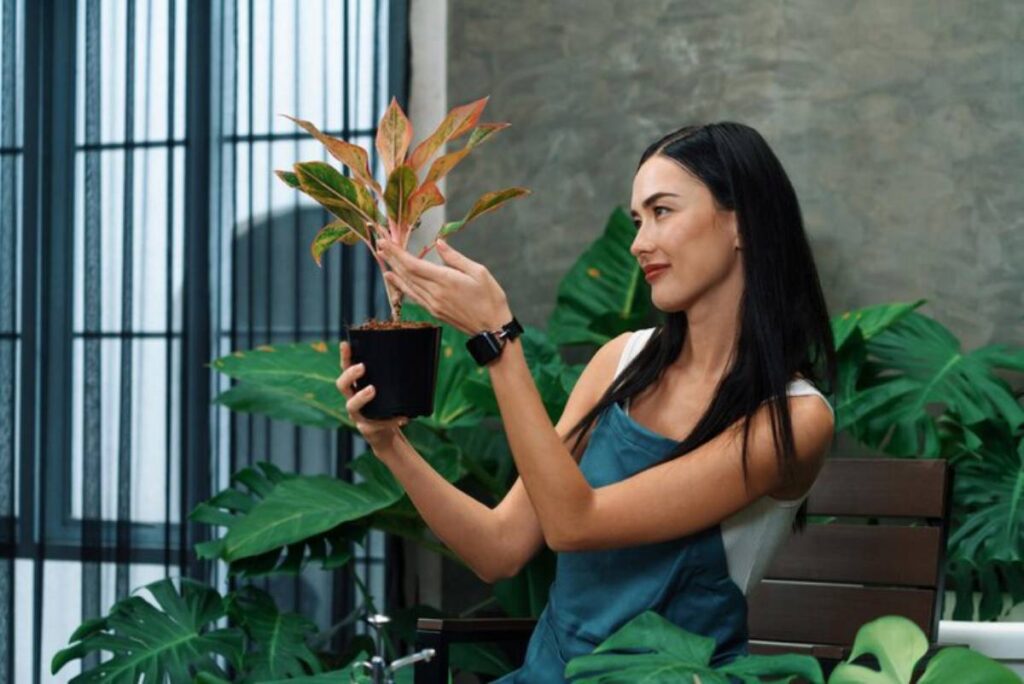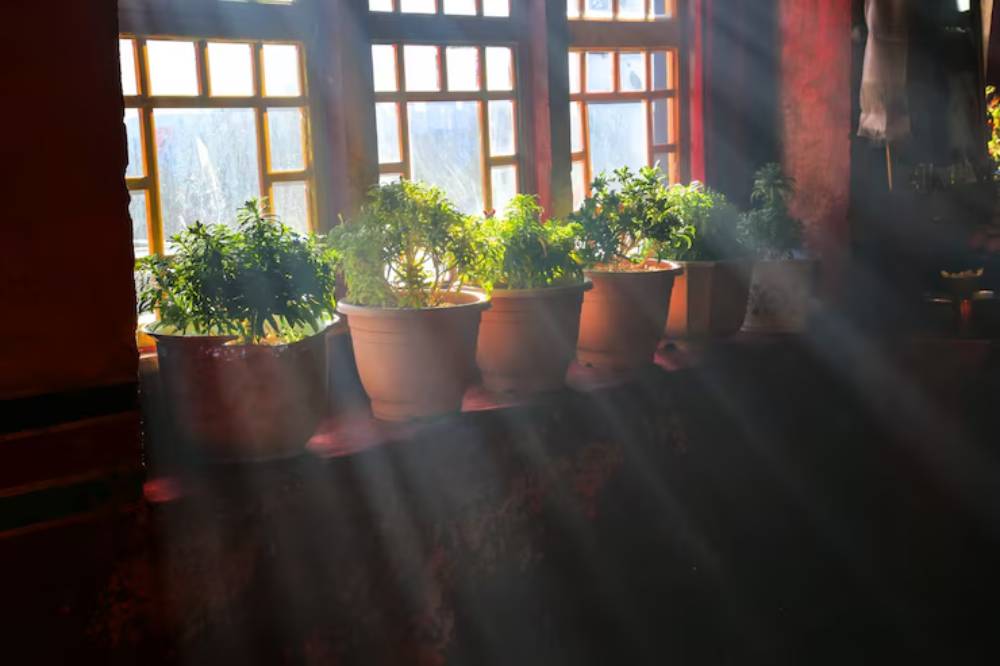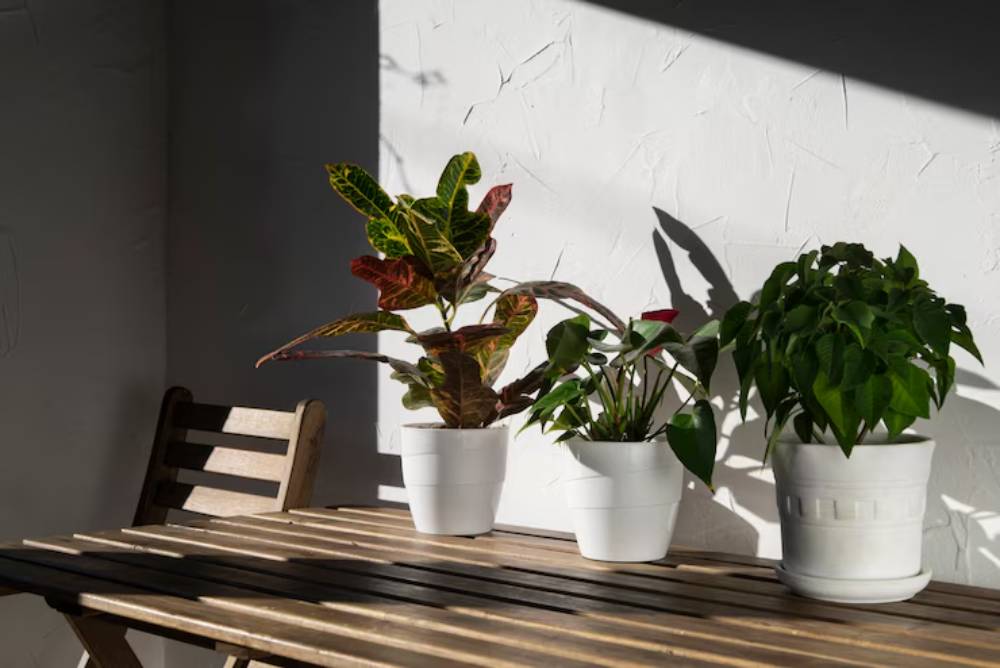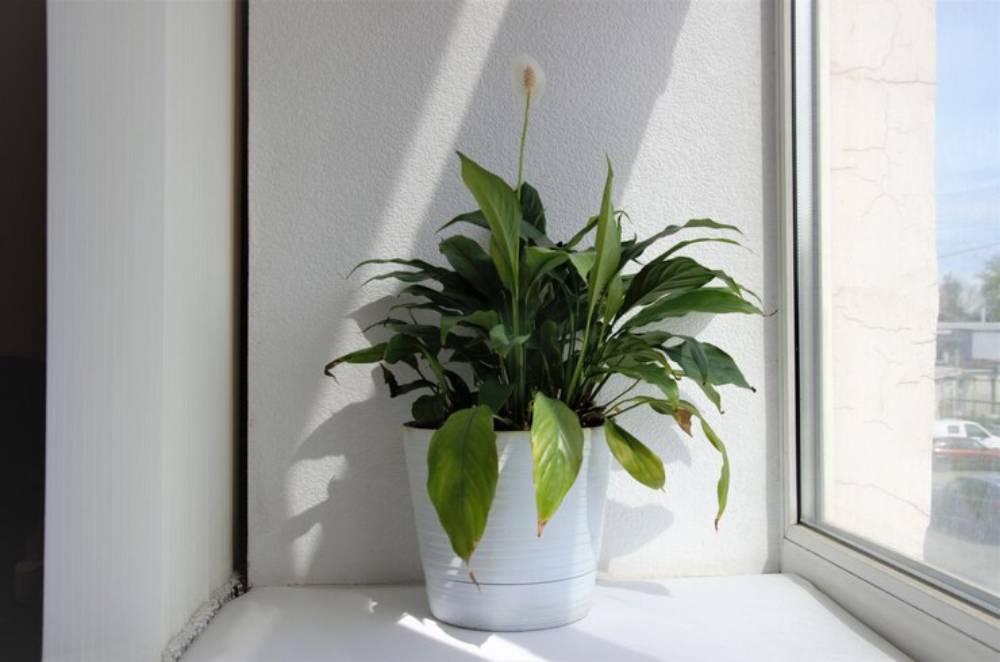The Interior Blog

How to Choose the Right Indoor Plants for Your Light Conditions
Are your indoor plants wilting, yellowing, or failing to thrive, no matter how much you water or care for them? You might be overlooking one crucial factor: light. Just like humans need the right nutrition, plants need the right lighting conditions to survive and flourish. Matching the right plant to the right light is the secret to creating a vibrant, healthy indoor jungle.
Whether you’re a seasoned plant parent or a curious beginner, this indoor lighting guide will help you confidently choose greenery that suits your space, from shady bathrooms to sunlit bay windows.
Understanding the Core: Why Light Matters for Indoor Plants

Light is the lifeblood of your houseplants. Through photosynthesis, plants convert light energy into food, and each species evolved to thrive under specific lighting conditions.
Indoor lighting varies dramatically from room to room. A south-facing window might offer full-day brightness, while a corner bathroom may barely receive ambient light. Selecting plants without understanding their light needs often leads to stressed, unhealthy foliage.
Types of Indoor Lighting:
- Bright, direct light – Close to large south- or west-facing windows
- Bright, indirect light – Well-lit spaces where sunlight is diffused or filtered
- Moderate light – Rooms with east-facing windows or light from skylights
- Low light – Areas far from windows, shaded corners, or north-facing rooms
Understanding your home’s natural light zones helps you avoid mismatched placements — like putting a light-loving cactus in a dark hallway or a peace lily in full sun.
Enhance your design further by styling floating shelves with indoor plants to maximise vertical space.
Pro Tip: Use smartphone apps to measure light intensity (measured in foot-candles or lux).
Quick Guide: Matching Plants to Light Conditions

Bright Direct Light (6–8+ hours of sunlight):
- Aloe vera
- Cactus varieties
- Fiddle leaf fig
Bright Indirect Light (4–6 hours, filtered):
- Monstera deliciosa
- Rubber plant
- Calathea
Moderate Light (2–4 hours diffused):
- ZZ plant
- Snake plant
- Philodendron
Low Light (under 2 hours):
- Pothos
- Peace lily
- Cast iron plant
Note: These categories are general. Always check care tags or research the specific variety.
Step-by-Step Guide: How to Assess and Optimise Your Light Conditions
1. Observe your natural light throughout the day
Track how sunlight moves through each room. Does it flood the space in the morning or late afternoon? Note any shadows, reflections, and light direction.
2. Identify your window orientation
- South-facing: Sunniest and warmest (ideal for high-light plants)
- East-facing: Morning light (good for moderate-light species)
- West-facing: Afternoon intensity (can scorch delicate foliage)
- North-facing: Soft, cool, and indirect (suitable for low-light lovers)
3. Test with the shadow method
Hold your hand about 12 inches above a flat surface:
- Crisp, well-defined shadow: Bright light
- Soft, fuzzy shadow: Moderate light
- Barely visible shadow: Low light
4. Group plants by light preference
Place your plants in “zones” based on their light needs. Bright light near windows; low-light plants can be tucked deeper inside rooms.
5. Use light-enhancing tools
- Reflective mirrors or light-coloured walls to bounce sunlight
- Sheer curtains to diffuse harsh rays
- Artificial grow lights for dim areas
6. Rotate plants regularly
Encourage even growth by turning plants every 7–10 days. This prevents lopsided leaves and uneven stems.
Best Practices & Additional Insights
- Design with intention: Want a leafy, lush reading nook? Choose soft-leafed plants like philodendrons or trailing pothos that thrive in ambient light.
- Use mirrors strategically: They don’t just make spaces look bigger — they bounce and enhance natural light across the room.
- Don’t skip light acclimation: When bringing home a new plant, gradually introduce it to its final location over 7–10 days to avoid shock.
- Style with utility: For example, a snake plant near your bed purifies the air and tolerates dim lighting, making it both aesthetic and practical.
- Real-world analogy: Think of your home like a greenhouse with microclimates — each room is its own mini-ecosystem. Just like some people love sunbathing and others stay in the shade, plants have comfort zones too.
FAQs
1. What is the best plant for a windowless room?
Pothos, snake plant, and ZZ plant are reliable low-light champions. Pair them with a full-spectrum grow light for better results.
2. Can I grow herbs in low light?
Most herbs need moderate to bright indirect light. For kitchens with poor lighting, use a grow light to support basil, thyme, or mint.
3. How do I know if my plant is getting too much light?
Look for bleached leaves, brown tips, or crispy edges. Move the plant further from the window or use a sheer curtain to soften the light.
4. Do artificial lights work as well as sunlight?
Grow lights can mimic the full light spectrum needed for photosynthesis, especially in winter or in low-light homes.
5. How often should I rotate my indoor plants?
Every 7–10 days is ideal to ensure even exposure and balanced growth.
Conclusion

Light is the one element your houseplants can’t live without — yet it’s often misunderstood or overlooked. Matching your plant choices to your home’s actual light conditions doesn’t just ensure survival — it transforms your space into a thriving, stylish indoor sanctuary.
Understanding your plant light needs isn’t complicated. With a few simple assessments and smart placements, you can say goodbye to drooping leaves and hello to lush, energised greenery.
For spaces with low light, explore plants that thrive in bathrooms with low light for more lush inspiration
Ready to refresh your space with light-smart plants? Start by evaluating your window orientations and picking your next green companion accordingly. Share this guide with a fellow plant enthusiast or bookmark it for your next nursery visit!









